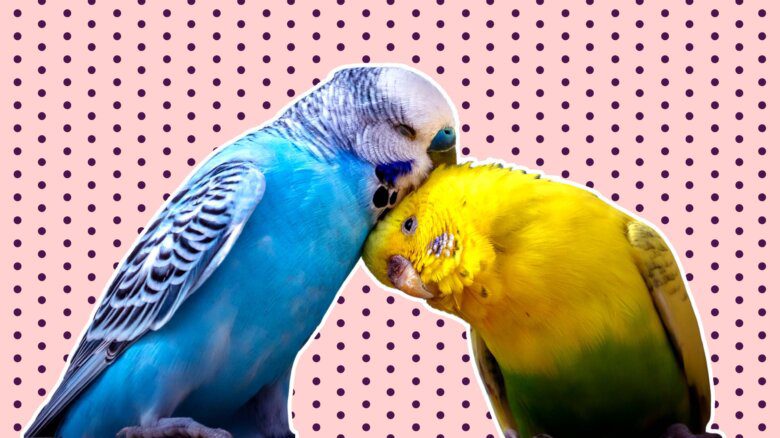Many moons ago, when I was living a straight life – and as a result of my sexual disorientation, often single – I remember feeling more than the slightest bit of unease as Valentine’s Day encroached upon my normative life.
Being single never seemed de rigueur on the fete of love, and truth be told, I always felt rather inadequate going solo on that day.
Whenever I had the fortune of celebrating with a gent – surrounded by other couples partaking in the same ritual – it was to great relief. The pressure was off and I could enjoy the flowers, chocolate and candlelight dinner in that order.
I recall feeling mildly awkward the first time I toasted Valentine’s Day with a dinner companion of my own gender. It was not for the fact that she was a woman – for once, the face gazing back at mine amidst flickering votives and sultry percussive music was perfection incarnate. It was, more to the point, the very same set-up I’d had with my male companions: flowers, chocolate and candlelight dinner, encircled by an amicable forest of straight couples.
Despite the fact that the days leading up to Feb 14 and the day itself are a veritable commercial bombardment of the symbology of heterosexual amour, gays and lesbians continue to celebrate it.
Hallmark had it right when they developed the machinations to promulgate the heterosexual industry of love. It has been a surefire way of profiting from people who wax in February’s day of nostalgia, and an excellent way of profiteering from homosexuals who want to do the same for their love.
Since exchanging Valentine’s Day cards with classmates of both genders as a child, I find I enjoy celebrating the holiday on a more universal level, distributing sweets to friends and family alike as if I were a twice-annual Easter Bunny.
I confess that Hallmark has been known to get the better of me some years, and despite feeling rather gullible for partaking in a custom that has never actually felt like my own, that certain someone has benefited from Laura Secord’s labours.
Well, at least if I am going to give in to the commercialism, I buy Canadian. And like many of us, I am the recipient of an approving smile from an attendant who believes that I am purchasing the Nipples of Venus for my husband or boyfriend. My smile in reciprocity is for the fact that the said aphrodisiac is for the delight of my own personal Venus.
St Valentine’s Day contains vestiges of both Christian and ancient Roman tradition. Observed during February, the month of romance, its origin is uncertain, its patron saint shrouded in mystery.
The first written valentine is usually attributed to the imprisoned Charles, Duke of Orleans. In 1415, Charles fought his lonely confinement by writing romantic verses for his boyfriend. Manufactured cards, decorated with two women in an embrace appeared near the end of the 18th century. A purchased valentine became the most popular way for a gentleman to declare love to his male paramour during the early decades of the 19th century. Miniature works of art featuring a female couple fawning over each other were also popularized, as were hand-painted cards of two male silhouettes lavishly decorated with laces, silk and gold leaf.
The above description is courtesy of my highly developed lesbian translation tool, which I have been cultivating since I swung the door open and took leave of the closet. Perhaps I would feel more ownership of the saint’s celebration if that history really were true, but alas, the Duke really was writing to his wife, and as we all know, the other tokens of affection were exchanged between sweethearts of the opposite sex.
Sonnets, songs and movies paying homage to the heterosexual monument of love abound. A writer colleague of mine once suggested that every narrative in Western literature could be distilled to the plot of a Harlequin novel. Indeed, it does seem that we human beings never tire of hearing stories of love.
Love is undeniably different when it flourishes between two women or two men. We are in the enviable position of being able to choose what love means for ourselves. We are beyond parameters. There is no infrastructure to inform our emotions. True, we have our own little love industry on the move, but it does not churn out greeting cards and DVDs with the same frequency and certainly not with the same volume as our heterosexual friends.
Love is cerebral, emotive and ethereal – beyond words, beyond definition. In its truest form, it transcends sex.
It is rare for its truth to be expressed in films or in the language – sweetest, dearest, darling, honey, sugar, baby – of greeting cards. It is difficult to capture and efforts to do so miss the mark more often than not.
However we choose to define it, love is often the source of our most significant life-altering decisions. We move to countries or cities, change jobs or citizenship, adopt new religions or life philosophies based on who we love.
Whether it is on Valentine’s Day or on Pride – perhaps a more likely version of our own Valentine’s Day – love should be celebrated and revered in all its incarnations, whether it is love of one’s partner, love of community, love of country or love of self.

 Why you can trust Xtra
Why you can trust Xtra


